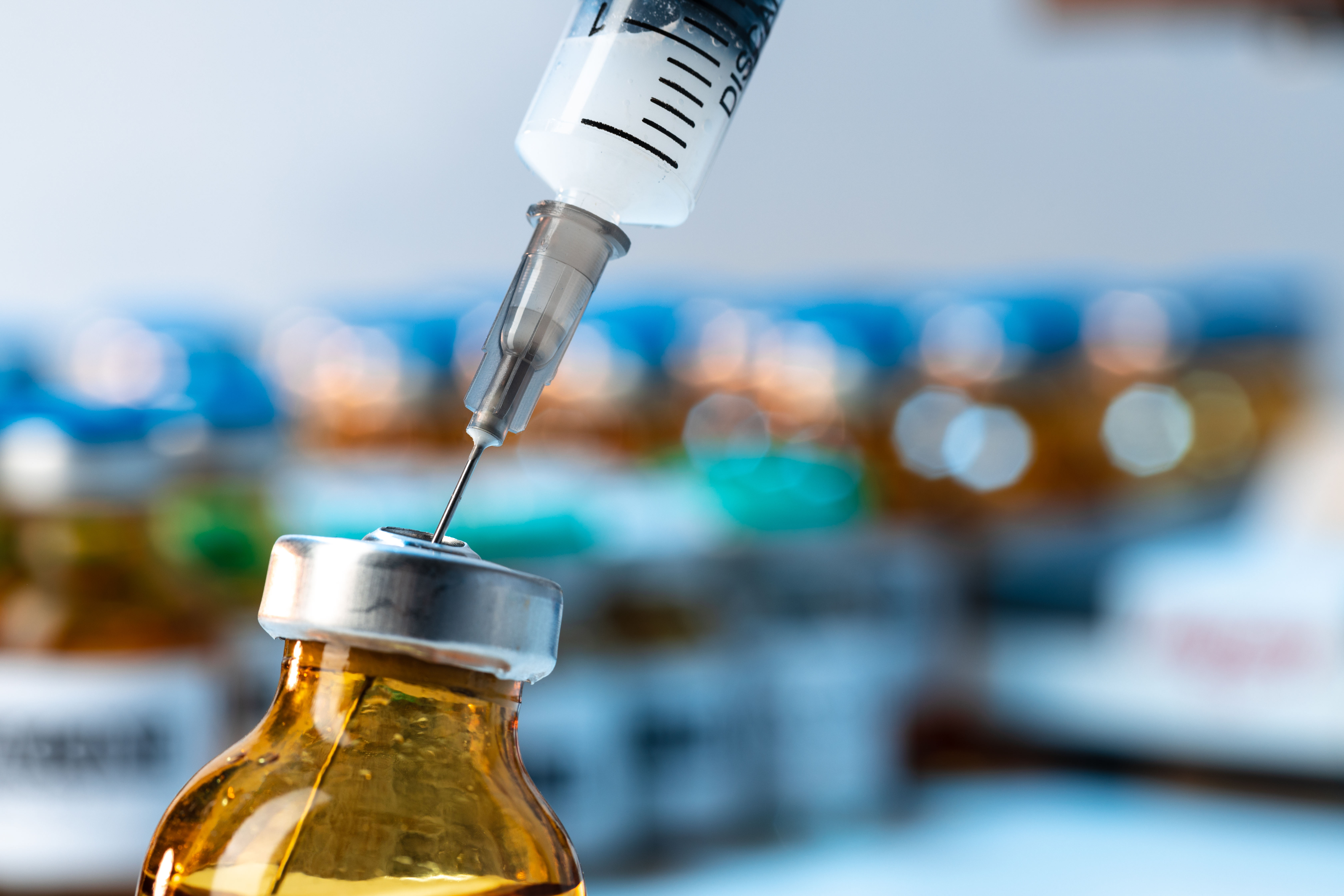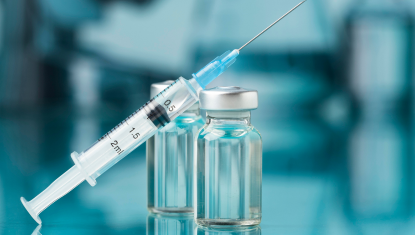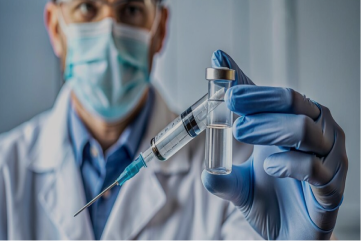magine recovering from a surgery, feeling relieved that everything went
well – only to find yourself battling an invisible enemy. Surgical site infections (SSIs)
can turn a successful surgery into a prolonged struggle.
Surgical wounds are vulnerable to bacterial invasion. If these bacterial microbes take
hold, they can cause infections that delay healing, lead to abscesses, and,
in severe cases, result in
life-threatening sepsis.
Cephalosporins are the most widely used antibiotics for surgical prophylaxis.
Even before the first incision is made, these antibiotics step onto the battlefield,
eliminating harmful bacteria before they can strike. These antibiotics create
an invisible barrier, ensuring a smooth recovery.
Cephalosporin antibiotics,
the silent warrior in the fight against surgical infections.
Ever wondered why Cephalosporins are
the go-to choice for surgical prophylaxis?
It’s because they offer excellent safety, powerful protection against infection-
causing bacteria, deep tissue penetration, and a proven track record of success in
clinical trials.
Cephalosporin, the tiny warriors attack the bacteria by disrupting their cell wall, causing
the bacteria to burst and die. This rapid action ensures that any lurking bacteria is
eliminated before they can cause any trouble.
Time is everything! It’s important to understand when Cephalosporin needs to
be injected. Cephalosporins are given 30–60 minutes before surgery, reaching
peak levels in the bloodstream just when your body needs protection the most.
It’s like setting up a security system before a break-in happens.
Not all the infections are same, neither are the surgeries.
Cephalosporin has different variations for different surgeries, depending on
the kind of infection.
Cefazolin is the go-to for orthopaedic and heart surgeries. Cefotetan & Cefuroxime are
experts in fighting infections during abdominal and gynaecological procedures.
Certain Cephalosporin like Ceftriaxone, have extended half life, meaning fewer doses
while keeping you protected for longer.
Cefuroxime, a 2nd generation cephalosporin, is an effective, safe and
low-cost antibiotic for surgical prophylaxis in general surgeries, in particular for patients
who need sequential antibiotic therapy. Cefuroxime can be administered alone or in
combination with other classes of antibiotics based on clinical characteristics
of individual patients and surgeon’s discretion to reduce the risk of postoperative SSIs,
abscess, septicaemia, and microbial growth.
Ever wondered why doctors don’t just pick
any antibiotic for surgery?
That’s because not all surgeries or patients are the same!
The right antibiotic depends on multiple factors, each playing a crucial role in preventing
infections and ensuring smooth recovery :
Clean surgeries (like orthopaedic or cardiac procedures) have minimal infection risk,
so simpler antibiotics do the job.
Contaminated surgeries (like gastrointestinal or gynaecological procedures) need
stronger antibiotics to fight potential bacterial exposure.
Using instruments? The risk of contamination increases.
Bowel surgery? Bacteria from the gut can spill into the body, requiring antibiotics
that target gut microbes.
Any spillage during surgery? The need for infection control rises.
Older age – Slower healing, higher risk.
Smoking – Weakens immune response.
Obesity – More tissue means more room for infections.
Diabetes (uncontrolled) – A breeding ground for bacteria.
Immune-compromised states – A weaker defense system needs stronger support!
Precautions for Using Cephalosporin Injectables
in Surgical Prophylaxis :
Correct Dosage Matters - Under-dosing may lead to inadequate protection, while
over-dosing increases the risk of side effects. The dose should be tailored to
the patient’s weight and kidney function.
Avoid in Severe Penicillin Allergy : Patients with a history of severe reactions to penicillin
may also react to cephalosporins. Alternative antibiotics should be considered.
Monitor for Side Effects : Common side effects include gastrointestinal issues
(nausea, diarrhoea) and, in rare cases, severe allergic reactions (anaphylaxis, rash,
or breathing difficulties).
Renal Function Check : In patients with kidney disease, dose adjustments may be
necessary to prevent drug accumulation and toxicity.
Avoid Unnecessary Prolonged Use : Cephalosporins for surgical prophylaxis should not be
continued beyond 24 hours after surgery (except in special cases) to prevent antibiotic
resistance and superinfections.
Consider Drug Interactions : Cephalosporins may interact with certain drugs, such as
blood thinners (warfarin), diuretics, and aminoglycosides, increasing the risk of bleeding or
kidney damage.
Proper Storage and Handling : Cephalosporin injectables should be stored at the
recommended temperature, reconstituted correctly, and used within the stability period
to maintain potency and safety.
To conclude, Cephalosporins remain a powerful and reliable shield against surgical
infections, ensuring safer surgeries, faster recoveries, and better patient outcomes




